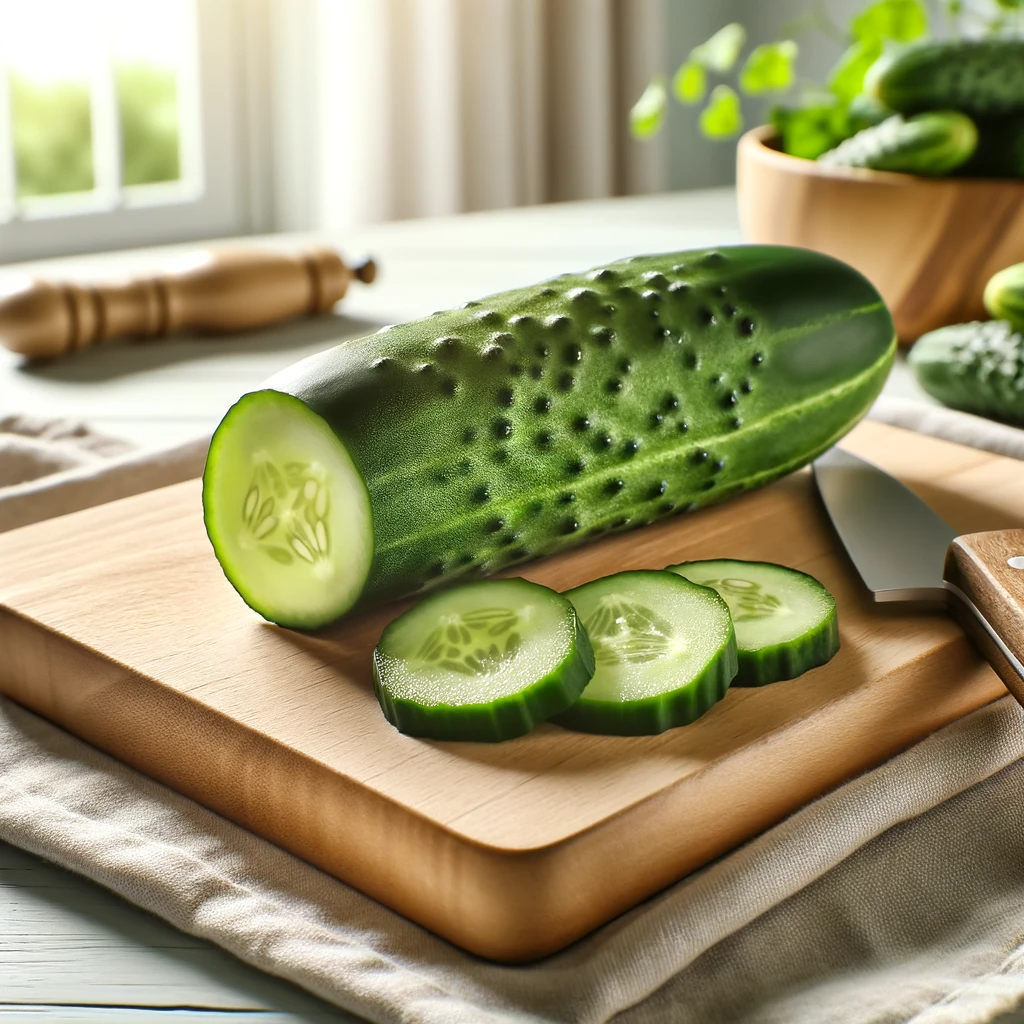Cucumbers are a refreshing and versatile vegetable that can be enjoyed in a variety of dishes. Whether you’re making a crisp salad, a refreshing cucumber water, or a creamy tzatziki sauce, the quality of your cucumbers can make a big difference in the taste and texture of your final dish. To truly savor the deliciousness of cucumbers, it’s important to know when they are at their best. In this article, we’ll explore the seasonal availability of cucumbers and provide tips on how to choose the freshest ones for your culinary creations.
Understanding Cucumber Seasons
Cucumbers, like many other fruits and vegetables, have distinct growing seasons. These seasons are influenced by various factors, including climate, geographical location, and agricultural practices. Here’s a breakdown of cucumber seasons:
1. Spring
- Spring marks the beginning of cucumber season in many regions.
- In temperate climates, cucumbers are typically planted in early spring and are ready for harvest in late spring to early summer.
- Cucumbers grown during this season tend to be crisp, mild in flavor, and have thin skins.
- Look for spring cucumbers in local farmers’ markets or consider growing them in your garden if you have the space.
2. Summer
- Summer is the peak season for cucumbers in most parts of the world.
- These cucumbers are often abundantly available and are at their juiciest and most flavorful.
- You’ll find a wide variety of cucumber types, including slicing cucumbers, pickling cucumbers, and specialty varieties.
- Be sure to harvest cucumbers regularly during the summer to prevent them from becoming overripe, which can result in a bitter taste.
3. Fall
- Cucumber production may continue into the early fall in some areas with mild climates.
- However, as the weather cools down, cucumbers may become less abundant and less flavorful.
- Fall cucumbers are best used for pickling or in cooked dishes where their crisp texture is less critical.
4. Winter
- Cucumbers are generally not in season during the winter months in most regions.
- Winter cucumbers are often grown in greenhouses, but they may lack the vibrant flavor and crunch of their summer counterparts.
- If you’re craving cucumbers in the winter, consider exploring alternative methods, such as hydroponic gardening or purchasing from specialty stores.
Tips for Selecting the Best Cucumbers
To make the most of cucumber season, it’s essential to choose the best cucumbers when shopping. Here are some tips to help you select the freshest and tastiest cucumbers:
1. Check for Firmness
- The cucumber should feel firm to the touch, with no soft spots or wrinkles.
- Gently press the ends of the cucumber; they should yield slightly but not feel mushy.
2. Examine the Color
- Look for cucumbers that have a vibrant green color.
- Avoid cucumbers that appear yellowish or have a dull, waxy coating, as these can be indicators of overripeness or improper storage.
3. Size Matters
- While cucumber size can vary depending on the variety, they should generally be straight and uniform in shape.
- Smaller cucumbers tend to have fewer seeds and a milder flavor, while larger ones can be more robust in taste.
4. Skin Thickness
- Cucumbers with thinner skins are often preferred, as they are less bitter and have a more pleasant texture.
- However, thicker-skinned cucumbers can be suitable for pickling if that’s your intended use.
5. Smell the Cucumber
- A fresh cucumber should have a clean, mildly grassy scent.
- If a cucumber has a strong or unpleasant odor, it may be past its prime.
Conclusion
Cucumbers are at their best during the warm summer months, offering a crisp, juicy, and refreshing addition to your dishes. While they are available year-round in many places, understanding their seasonal variations can help you make the most informed choices when selecting cucumbers for your recipes. Remember to follow the tips mentioned above to ensure that your cucumbers are of the highest quality, allowing you to fully enjoy their delightful flavor and texture in your culinary creations.
